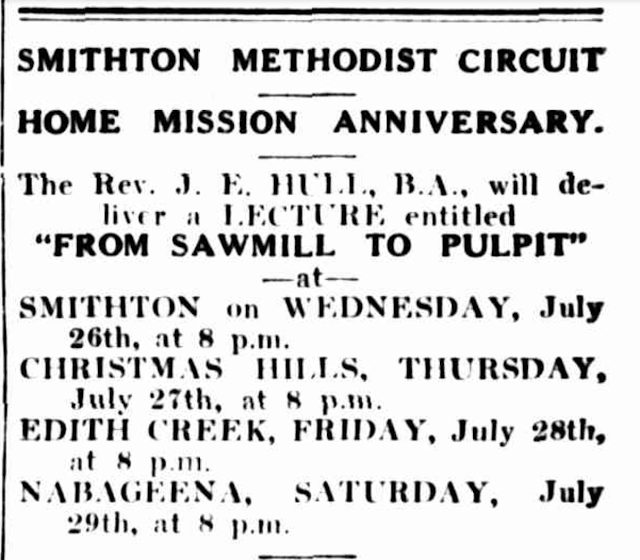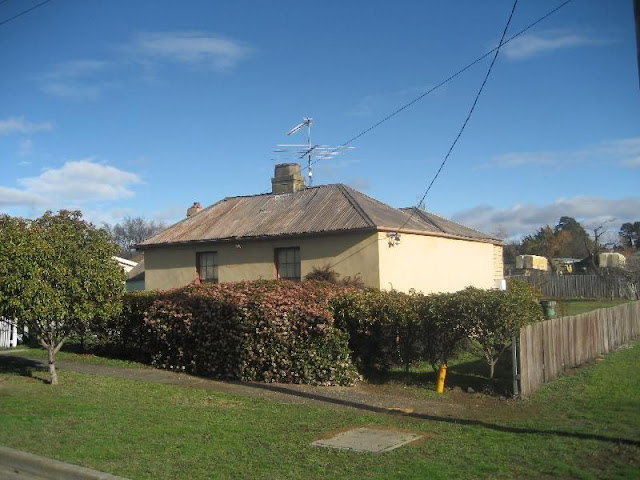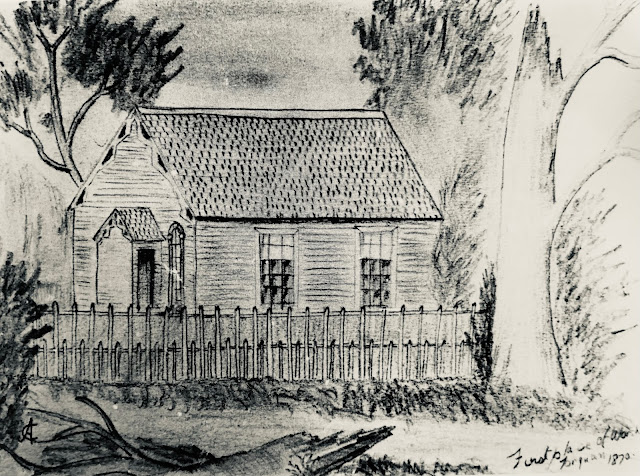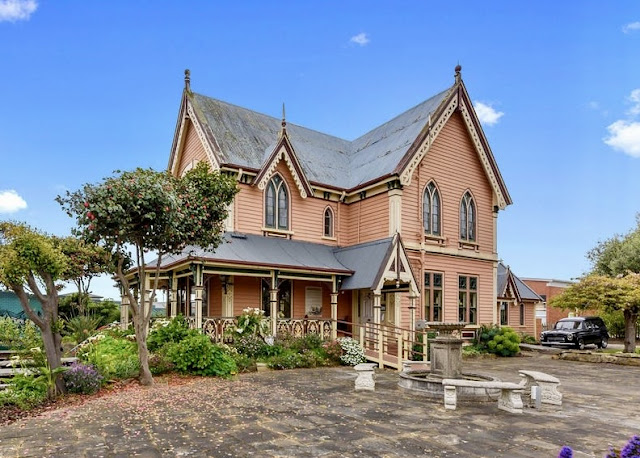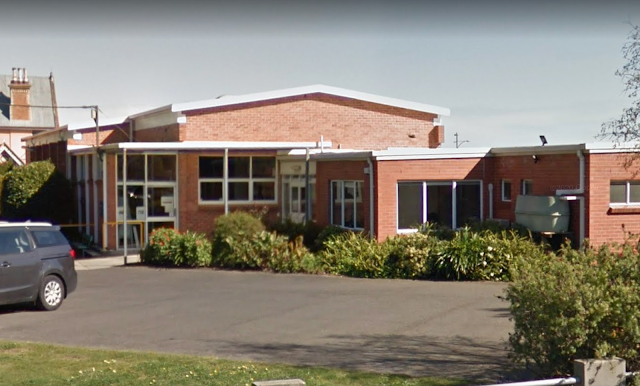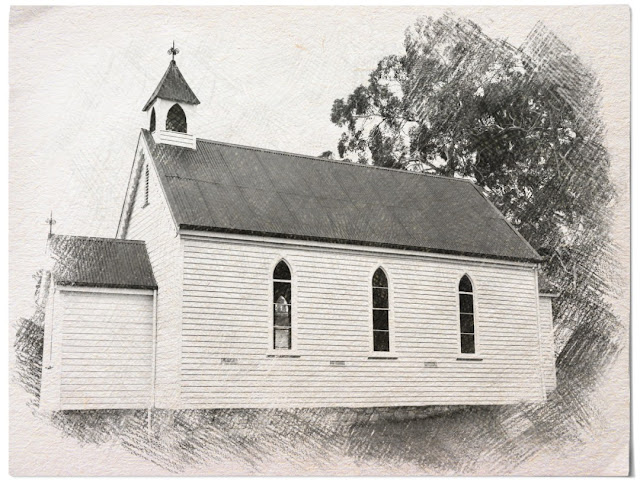No. 1354 - Cradoc - The Church of the Holy Family (1956-1967)
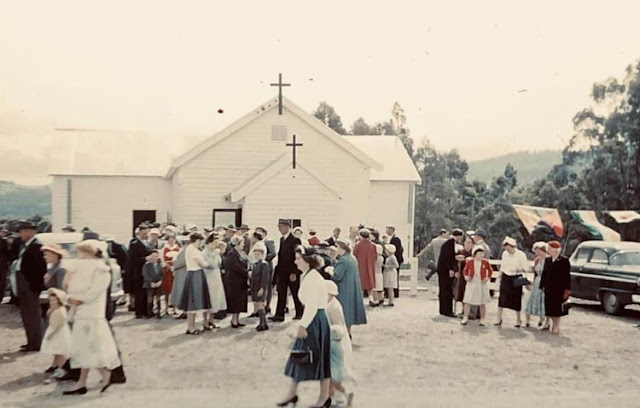
Cradoc was once an important orchard-growing district on the Channel Highway. It is situated about 10 kilometres south of Huonville and lies on the eastern bank of the Huon River. Very little information is available about Cradoc’s Catholic church which was only in existence for 11 years. The church was moved to Cradoc from Pelverata in the early 1950s. It reopened and was dedicated as The Church of the Holy Family on Sunday 23 December 1956. The Church of the Holy Family was one of about 20 churches lost in the 1967 bushfires which swept across Southern Tasmania. The memorial foundation stone of the Church of the Holy Family was salvaged and has been placed outside St James’ Catholic church at Cygnet, in remembrance of Cradoc’s Catholic community. The opening of the Church of the Holy Family, December 1956. Photograph supplied by David Beechey Sources: Southerwood, W. T. Priceless heritage : the Tasmanian Catholic community 1772-2010 / by W. T. Southerwood Stella Maris Book...








